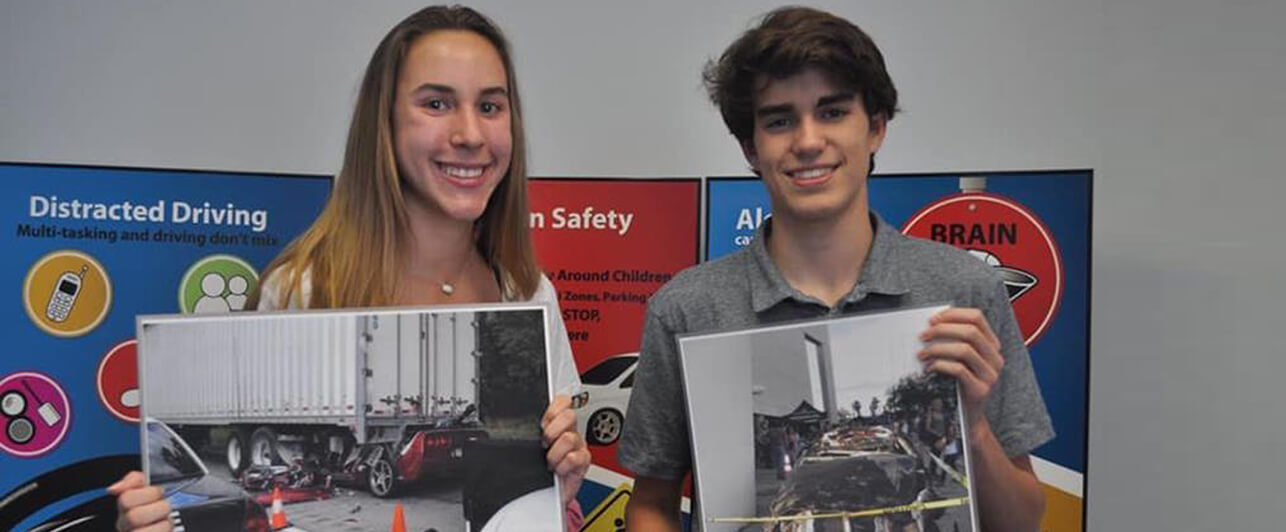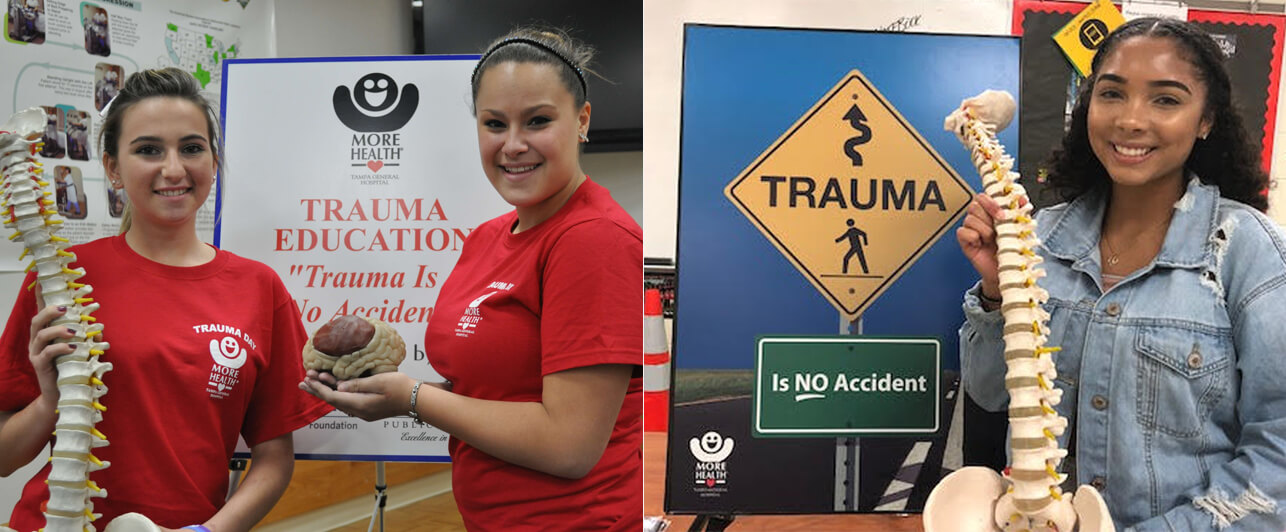According to the National Highway Traffic Safety Administration, distracted driving claimed 3,142 lives in 2019. Additionally and in the same year, the Centers for Disease Control and Prevention reports that 39% of high school students who drove in the previous 30 days texted or emailed while driving on at least one of those days. Distracted driving is defined as anything that takes our attention away from driving. While cell phone use (including texting and talking) is widely acknowledged as a distraction while operating a vehicle, the following activities also deter us from focusing on the road.
- Eating
- Drinking
- Reaching for items in the automobile
- Talking to another passenger
- Turning knobs in the car, like the A/C, navigation system or entertainment system
- Attending to personal appearance, such as applying cosmetics or shaving
- Reading and writing
Distracted driving poses a risk to drivers of all ages, but is especially risky for our younger, less-experienced drivers. In MORE HEALTH’s Trauma Education – “Trauma is No Accident” lesson, high school students learn via live, virtual interactive games how simple tasks coupled with driving become complex and dangerous. Automobile accidents are already the leading cause of death for teens in our country, and distraction serves to divert attention from the primary task of driving. In 2018, 2,318 teens (15-19 years of age) lost their lives in automobile accidents. Nine percent of those deaths were related to distraction.
Take a moment to discuss safe driving habits with your family, and remember to model these behaviors as parents and caregivers.
- Adjust mirrors, seat, and temperature prior to driving.
- Plan your travel route before departure.
- Consume food and beverages prior to driving, or enjoy food and beverages when you’ve reached the destination.
- Do not utilize mobile devices while driving, even if utilizing the hands-free function. Hands-free does not mean distraction-free.
- Do not wear headphones while operating a vehicle.
- Communicate to passengers the importance of keeping the noise level down and refraining from excessive talking.
- And always remember to wear your seatbelt!






